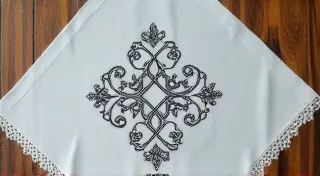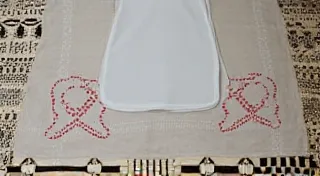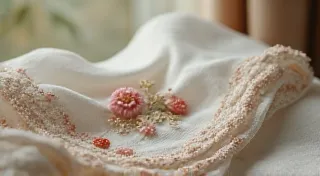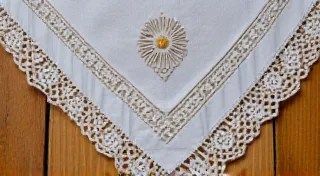Regional Variations in Antique Handkerchief Embroidery
Antique handkerchiefs, often overlooked, offer a fascinating glimpse into the textile traditions and artistic skills of past generations. While the basic function of a handkerchief – to wipe away tears or perspiration – remained constant, the artistry applied to them varied dramatically depending on the region of origin. Examining these regional differences reveals a rich tapestry of embroidery styles, techniques, and motifs that add significant value and interest to these collectible linens. Beyond their practical purpose, these delicate squares offer a glimpse into the social customs of their time; learning about the role of handkerchiefs in Victorian etiquette and social customs can further enrich your appreciation of these treasures.
The Influence of Geography and Culture
Embroidery styles are rarely born in a vacuum. They are deeply influenced by local factors like the availability of materials, cultural traditions, economic conditions, and even the presence of trade routes. For example, a region with abundant flax would likely have more linen handkerchiefs, while areas known for sheep farming might feature wool or a blend of wool and linen. Cultural narratives, folk tales, and religious beliefs were frequently incorporated into embroidery designs, creating unique visual languages. The selection of flowers alone frequently carried deep meaning, and understanding the symbolism of flowers on antique handkerchiefs provides a fascinating window into the era.
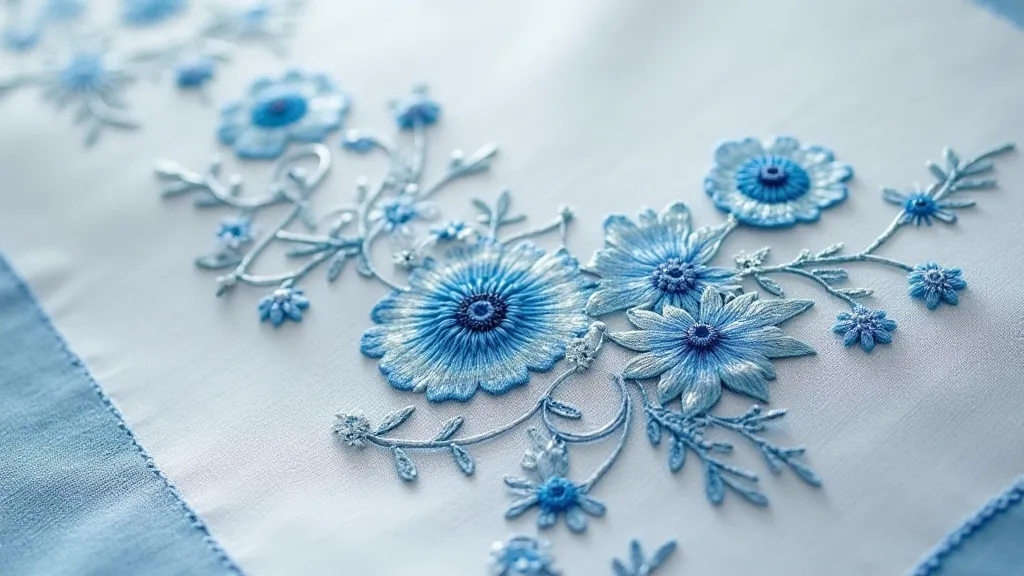
Key Regional Styles
Let’s explore some notable regional variations in antique handkerchief embroidery:
Swiss Handkerchiefs: Precision and Floral Delicacy
Swiss handkerchiefs are renowned for their extraordinary precision and delicate floral motifs. The embroidery is often incredibly fine, employing tiny, meticulous stitches to create lifelike representations of flowers, leaves, and sometimes even birds. The color palettes tend to be subtle, often utilizing shades of white, cream, blue, and occasionally touches of pink or green. The level of detail and the quality of the linen reflect Switzerland's long history of textile production and a culture that values craftsmanship. The care and attention to detail reflect a broader commitment to quality that resonates throughout Swiss artistry.
English Handkerchiefs: A Blend of Styles
English antique handkerchiefs display a wider variety of embroidery styles. Early handkerchiefs (18th and early 19th century) often featured elaborate needlepoint or crewel work, incorporating bolder colors and geometric patterns. Later Victorian handkerchiefs, influenced by the Arts & Crafts movement, often showcased nature-inspired designs with a more subdued color palette and a focus on organic forms. You're also likely to find examples of whitework embroidery, a traditional English style known for its use of white thread on white linen, creating intricate lace-like patterns. Identifying genuine antiques requires careful examination, and learning how to spotting fakes: how to authenticate antique handkerchiefs is crucial for collectors.
Irish Handkerchiefs: Shamrock Motifs and Heritage
Irish handkerchiefs are instantly recognizable for their frequent incorporation of shamrock motifs, symbolizing Ireland's national identity. Embroidery styles often included cross-stitch and other folk embroidery techniques. Often, family crests or initials were stitched onto handkerchiefs, demonstrating pride in heritage and lineage. The personal narratives woven into these linens are often powerful, and reading "The Whispers of Threads: Unraveling Personal Narratives in Antique Linen" provides context and insight into their history.
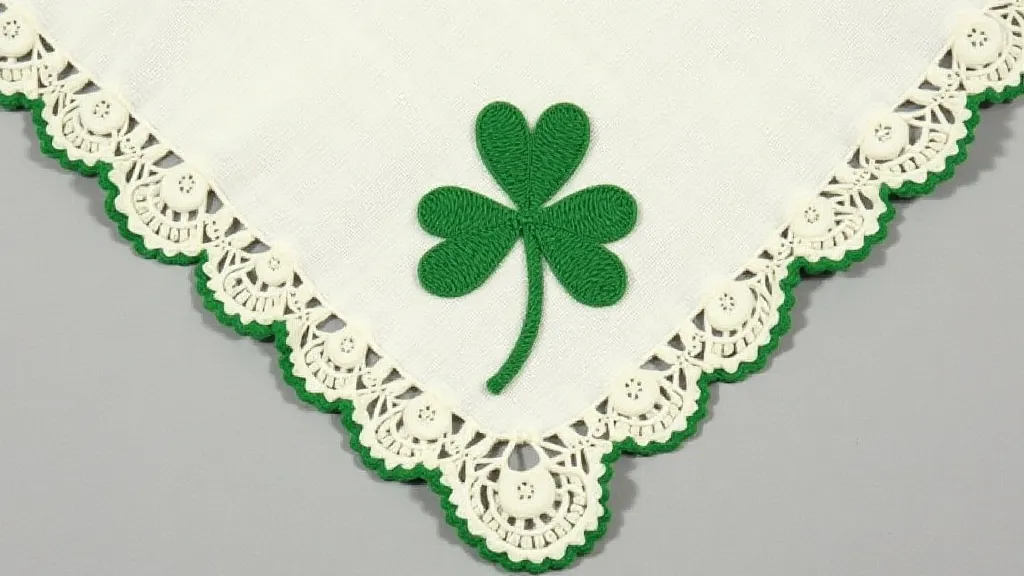
French Handkerchiefs: Romantic and Detailed
French antique handkerchiefs frequently embody a romantic aesthetic. Floral designs are common, but often rendered with a looser, more expressive style than the Swiss examples. Color palettes are frequently richer, incorporating reds, pinks, and yellows alongside traditional whites and creams. Details like French knots and satin stitch are often utilized to add texture and depth to the designs. The artistry involved in creating these intricately decorated cloths speaks to the cultural emphasis on beauty and refinement.
German Handkerchiefs: Traditional Folk Embroidery
German antique handkerchiefs often reflect the region’s folk traditions. You might find examples of blackwork embroidery, a technique that uses black thread on white linen to create intricate geometric patterns. Motifs often draw inspiration from regional folklore and plant life. The techniques employed often have a storied history and reflect generations of passed-down skills.
Identifying Regional Styles: A Guide for Collectors
Identifying the region of origin of an antique handkerchief can be challenging, but here are a few clues to look for:
- Motifs: Are there specific symbols or images that are characteristic of a particular region? (Shamrocks for Ireland, Edelweiss for Switzerland, etc.)
- Stitch Techniques: The type of stitches used can be a significant indicator.
- Color Palette: The colors used often reflect regional preferences and dye availability.
- Linen Quality: The quality of the linen itself can sometimes offer clues.
- Markings: Occasionally, handkerchiefs may be marked with a maker’s mark or label, providing valuable information about their origin.
- Thread Type: Examining the type of thread used—silk, cotton, or linen—can offer further clues about the region of origin and the period the handkerchief was created. Silk threads, for example, were often more common in areas with stronger trade connections to the East.
- Wear Patterns: Observing the patterns of wear and tear can provide valuable insights. Areas frequently handled, like the corners or edges, often exhibit greater wear, which can reveal how the handkerchief was used and cared for.
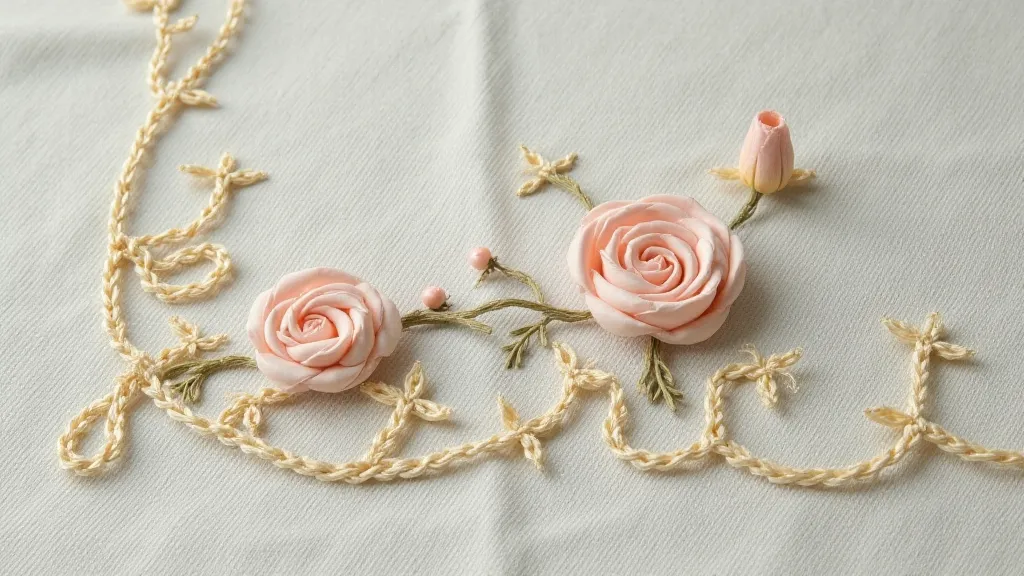
Preserving and Appreciating the Legacy
Antique handkerchiefs are more than just pieces of fabric; they are tangible links to the past. By understanding the regional variations in their embroidery, we can gain a deeper appreciation for the artistry, craftsmanship, and cultural heritage they represent. Proper care and preservation are essential to ensuring that these beautiful and historically significant artifacts can be enjoyed for generations to come. Handling these delicate fabrics requires a gentle touch and an understanding of their fragility. Careful storage in acid-free materials is crucial to prevent further deterioration. The narratives they tell are precious, and their preservation is a responsibility we share.
Beyond the beauty and craftsmanship, antique handkerchiefs serve as remarkable time capsules, reflecting social customs, artistic styles, and the everyday lives of people from bygone eras. They are fragments of history, each stitch a testament to the skills and traditions of its maker. The simple act of holding an antique handkerchief connects us to the past, offering a glimpse into a world that no longer exists. Further understanding the broader context of these objects—their role in social etiquette and their place in the larger textile industry—can greatly enrich our appreciation for their significance.
As collectors and enthusiasts, we have a duty to protect these invaluable pieces of our shared heritage. By researching their origins, understanding their construction, and carefully preserving them for future generations, we can ensure that their stories continue to be told.
